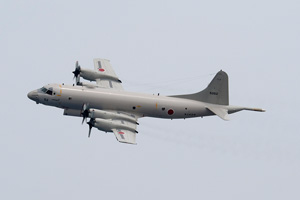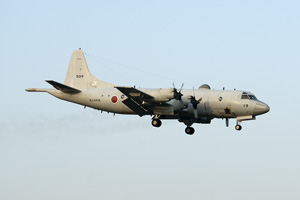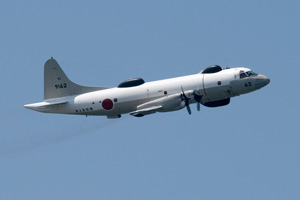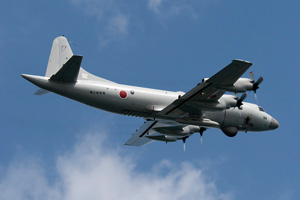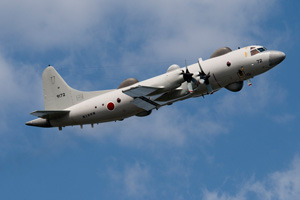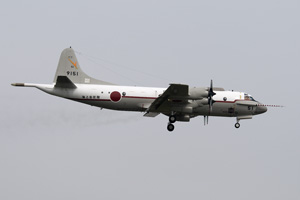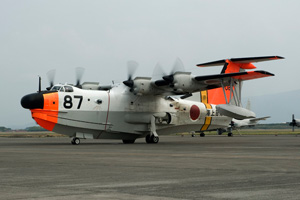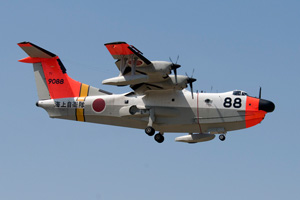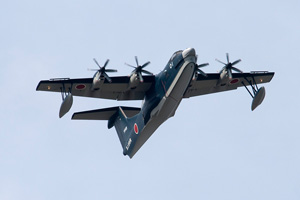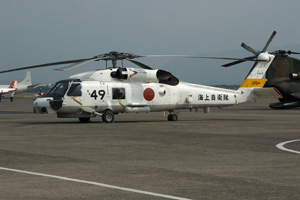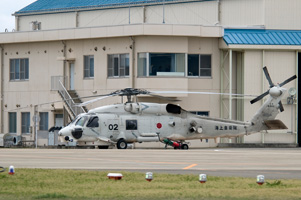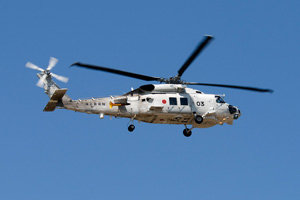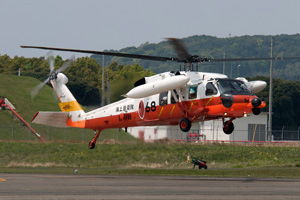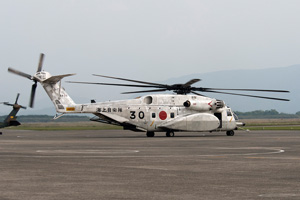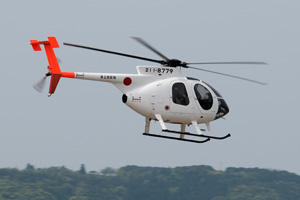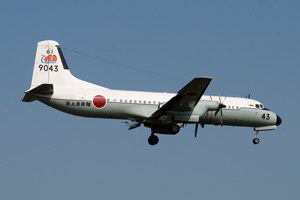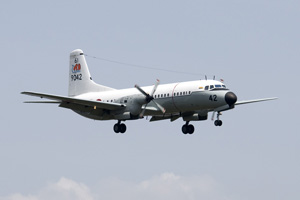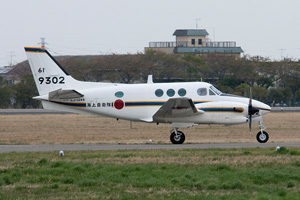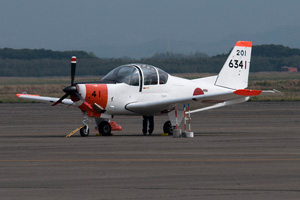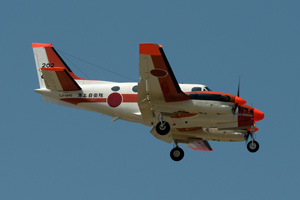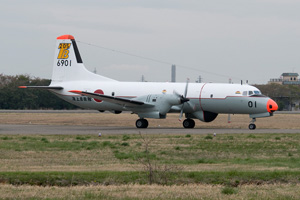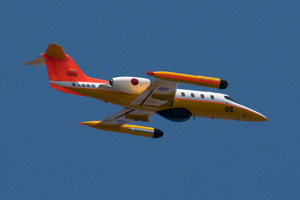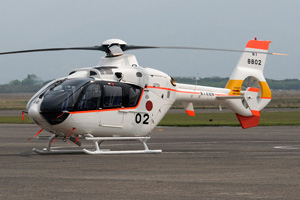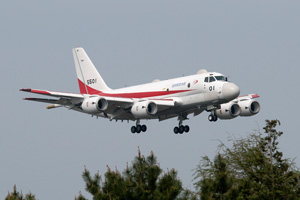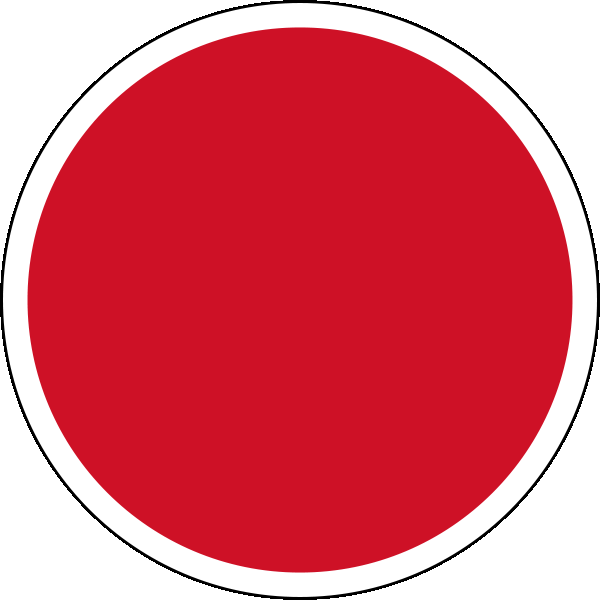
Japan Maritime Self Defense Force
Nihon Kaijo Jietai
In the years immediately following the end of World War II, Japan was prohibited in forming her own armed forces. However, things changed during the Cold War. In the mid 1950's the Japanese Self Defense Forces were allowed to form. Apart from having established an Army and an Air Force, Japan went to reform her Navy as well. Intended purely for the country's defence, the new fleet adopted the title Japanese Maritime Self Defense Force. It was realised that a proper Navy could not do without an aviation element and consequently small numbers of Grumman TBM Avengers and Lockheed PV Harpoons and P2V Neptunes were ordered. Nowadays, the JMSDF's aviation element is organised around some 100 Lockheed P-3C Orion long range maritime patrol aircraft and a similar number of Sikorsky SH-60 Seahawk helicopters, with smaller numbers of home grown products like the Fuji T-5 trainer and the unique, mighty Shin Maiwa US-1A and US-2 SAR amphibians. Furthermore, Japan has embarked upon the venture of developing an indignously designed replacement for the Orion, rather than relying on the US built Boeing P-8A Poseidon.
